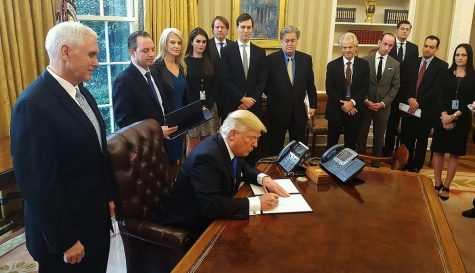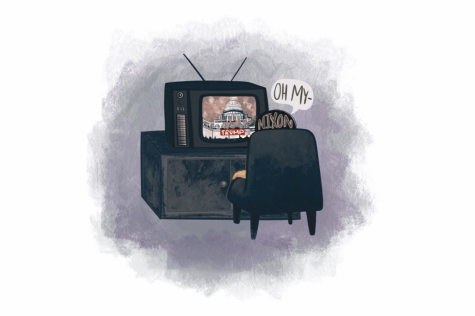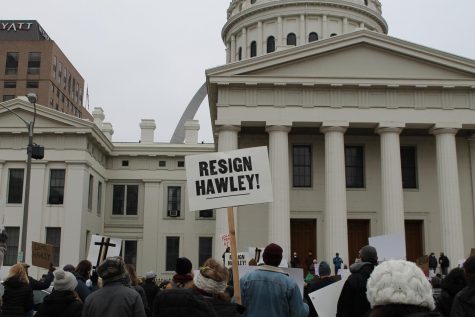Executive actions
During Trump’s first day as president, he signed an executive order to minimize “the economic burden of the patient protection and affordable care act pending repeal,” according to CNN. The purpose of the order was to try to start to repeal ObamaCare. However, it was vague, and President Trump cannot repeal a law with an executive order.
President Trump reinstated the Mexico City policy. The policy prevents non-governmental American organizations around the world that perform abortions from receiving money from the government.
President Trump signed two controversial memorandums to allow the construction of the Dakota Access and the Keystone XL pipelines. The Keystone pipeline has prompted protests because it crosses over Native American lands and harms their water supplies. President Trump also wishes for the pipelines to be built using American steel.
Jan. 25, 2017
President Trump signed two executive orders relating to border security and illegal immigration. In the first order, he calls for a wall to be built between the United States and Mexico, to prevent illegal immigration and an increase in border security by hiring 5,000 more border patrol agents. In his second order, President Trump calls for the removal of illegal immigrants who have a criminal record, or are considered dangerous according to officials from the United States. The order also removed federal funding from sanctuary jurisdictions.
President Trump proclaimed Jan. 22 through Jan. 28 to be National School Choice Week. He intended to bring more attention and support to charter schools and school voucher programs, in order to provide every child with a good education.
President Trump signed an executive order which prevented travel from citizens of Iran, Iraq, Libya, Somalia, Sudan, Syria and Yemen into the United States for 90 days in order to reduce terrorism, and prevented Syrian refugees from entering the country. During the ban, President Trump planned to review the vetting process of entering the United States and enhance it. USA Today had called the ban “Trump’s most controversial executive order to date” because the ban is against seven predominantly Muslim countries, so it seems anti-Muslim . James Robart, federal district judge, blocked parts the ban on Feb. 3, a decision which a federal court of appeals held on Feb. 9.
President Trump set out an executive order defining the core principles for regulating the United States’ financial system. He wants Americans to be able to be more financially independent and and companies to be more competitive on both a national and international level. He called for Secretary of Treasury Steven Mnuchin to identify laws which support the core principles and those that inhibit them.
President Trump made three executive orders aimed at reducing crime. The first aims to create and revise laws to better protect law enforcement officers. The second order directs the attorney general to better track crime data and create new laws and identify new ways to lower crime rates. The final order encourages the apprehension of citizens involved in illegal dealings.
Your donation will support the student journalists of Kirkwood High School. Your contribution will allow us to purchase equipment and cover our annual website hosting costs.













